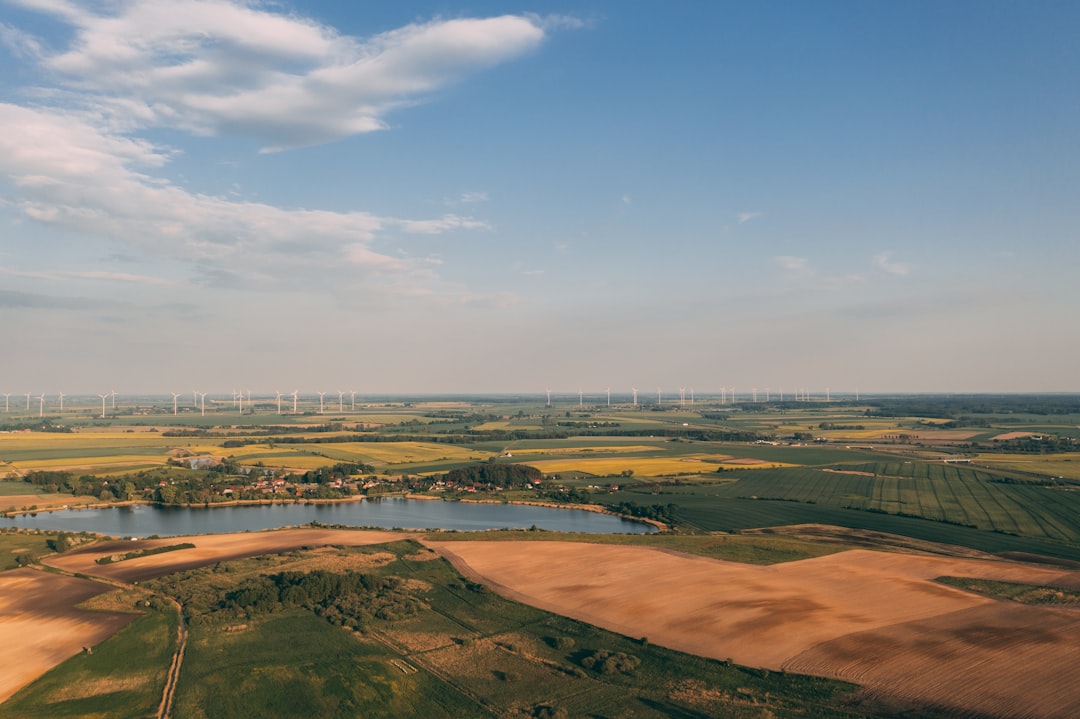What is it about?
This study aims to examine the catalytic pyrolysis of various plastic wastes in the presence of natural and synthetic zeolite catalysts. A small pilot scale reactor was commissioned to carry out the catalytic pyrolysis of polystyrene (PS), polypropylene (PP), polyethylene (PE) and their mixtures in different ratios at 450 °C and 75 min. PS plastic waste resulted in the highest liquid oil yield of 54% using natural zeolite and 50% using synthetic zeolite catalysts. Mixing of PS with other plastic wastes lowered the liquid oil yield whereas all mixtures of PP and PE resulted in higher liquid oil yield than the individual plastic feedstocks using both catalysts. The GC–MS analysis revealed that the pyrolysis liquid oils from all samples mainly consisted of aromatic hydrocarbons with a few aliphatic hydrocarbon compounds. The types and amounts of different compounds present in liquid oils vary with some common compounds such as styrene, ethylbenzene, benzene, azulene, naphthalene, and toluene. The FT-IR data also confirmed that liquid oil contained mostly aromatic compounds with some alkanes, alkenes and small amounts of phenol group. The produced liquid oils have high heating values (HHV) of 40.2–45 MJ/kg, which are similar to conventional diesel. The liquid oil has potential to be used as an alternative source of energy or fuel production.
Featured Image
Read the Original
This page is a summary of: Plastic waste to liquid oil through catalytic pyrolysis using natural and synthetic zeolite catalysts, Waste Management, September 2017, Elsevier,
DOI: 10.1016/j.wasman.2017.08.032.
You can read the full text:
Contributors
The following have contributed to this page










